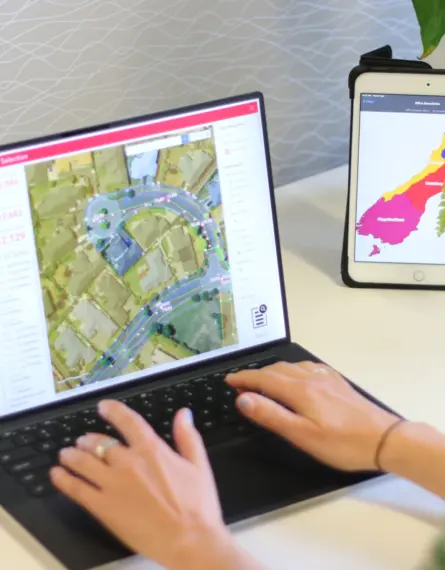
How does the Indigenous Biodiversity Policy Impact me?
Section 6 (Matters of National Important) of the Resource Management Act 1991 (“RMA”), requires significant indigenous vegetation and significant habitats of indigenous fauna to be protected.
23 Feb 2023 | 4 min read
How does the Indigenous Biodiversity Policy Impact me?
As many people (including Councils) do not know what areas are considered significant and what protection entails, the Central Government has been developing a National Policy Statement for Indigenous Biodiversity (“NPS-IB”) and released an exposure draft in June 2022.
The objective of the NPS-IB is to protect, maintain, and restore indigenous biodiversity. This objective is supported by several policies including:
- Indigenous biodiversity is managed in a way that gives effect to Te Rito o te Harakeke.
- Significant indigenous vegetation and significant habitats of indigenous fauna are identified as significant natural areas (“SNAs”) using a consistent approach.
- SNAs are protected by avoiding and managing adverse effects from new subdivision, use and development.
- The importance of maintaining indigenous biodiversity outside SNAs is recognised and provided for.
- Restoration of indigenous biodiversity is promoted and provided for.
- Increased indigenous vegetation cover is promoted in both urban and non-urban environments.
Based on the exposure draft, the NPS-IB defines:
- Indigenous biodiversity as the living organisms that occur naturally in New Zealand, and the ecological complexes of which they are part, including all forms of indigenous flora, fauna, and fungi, and their habitats.
- Indigenous vegetation as vascular and non-vascular plants that, in relation to a particular area, are native to the ecological district in which that area is located.

- The NPS-IB sets out how Councils must give effect to its objectives and policies by various means including:
- Working with tangata whenua to determine indigenous species, populations, and ecosystems that are taonga.
- Notifying changes to plans to identify areas of significant indigenous vegetation or significant habitat of indigenous fauna within its district that qualify as SNAs.
- Notifying changes to policy statements and plans to incorporate the objectives, policies, and methods of the NPS-IB.
- Assess the percentage of indigenous vegetation cover within each urban environment and non-urban environment, and set targets to increase indigenous vegetation cover.
What is a Significant Natural Area (SNA)?
Based on the exposure draft, an area qualifies as a SNA under the NPS-IB if it meets any one of the attributes of the following four categories detailed within the NPS-IB.
- Representativeness;
- Diversity and pattern;
- Rarity and distinctiveness;
- Ecological context.

What does this mean for you?
Any resource consent application for new subdivision, use, or development will be assessed against the NPS-IB and future changes to policy statements and plans to incorporate the NPS-IB.
- If your site is not classified as a SNA – If you site is not a SNA, the NPS-IB would likely not apply. However, while your site may not currently be classified as a SNA, this could change once Councils complete their identification process. If so, then item 2 below would apply.
- If your site is classified as a SNA – Councils will adopt a precautionary approach in assessing a new subdivision, land use, or development on your site to avoid, remedy, or mitigate the effects on indigenous biodiversity. This means that your project may experience resistance and difficulty when the resource consent application is being processed by Councils. As such, exploring biodiversity offsetting and / or biodiversity compensation may increase the chances of success for a new subdivision, land use, or development on your site and could be worthwhile including within your proposal. Notably, there are standards which must be complied with for the biodiversity offsetting and / or biodiversity compensation to apply.
How can Eliot Sinclair help you?
The benefit of our multi-disciplinary service offering and diverse expertise (including planners, geotechnical engineers, and environmental scientists) is that the Eliot Sinclair team can assist with:
- Investigating whether your site is / will be identified as located within SNA.
- Assessing your site and proposal against the NPS-IB.
- Collaborating with you on modifications to your proposal to increase chances of success (i.e., biodiversity offsetting or biodiversity compensation).
- Pursuing a resource consent application.
If this topic is relevant to you, our planning team is offering complimentary, no-obligation consultations to discuss creating a minor residential unit or family flat on properties. If you’re interested in working with a team that aligns developments with people and purpose, let’s talk.



